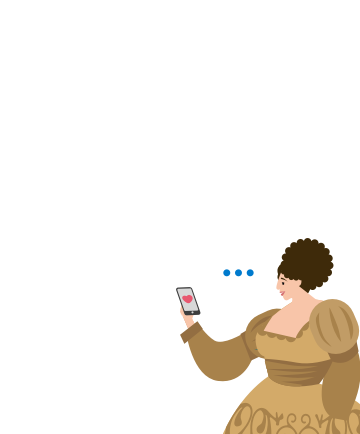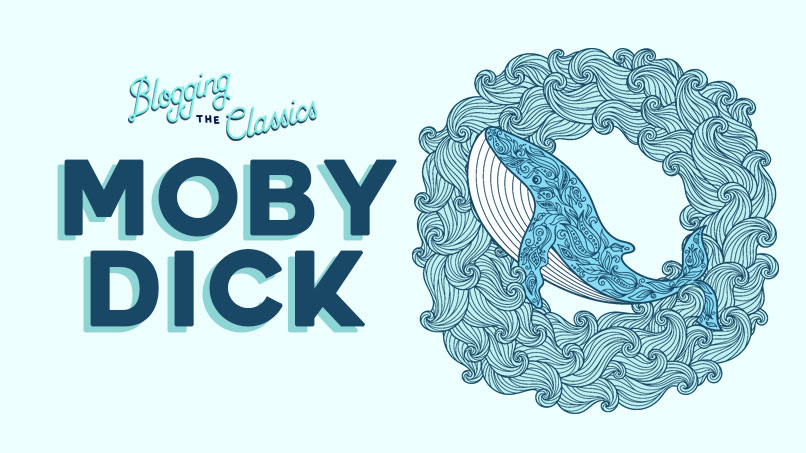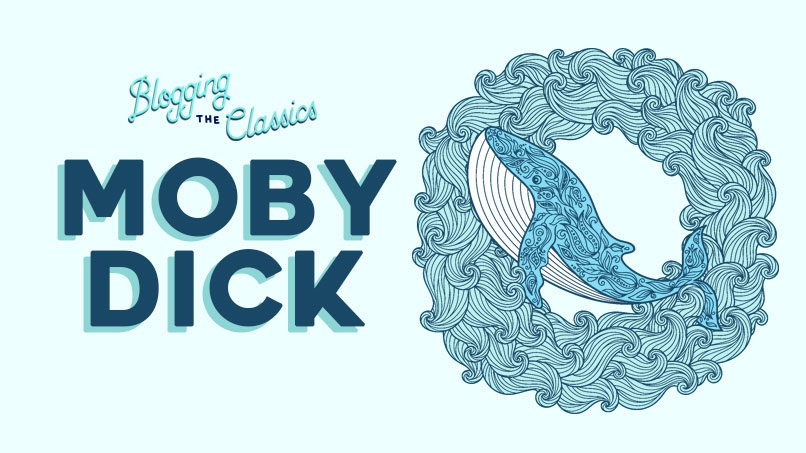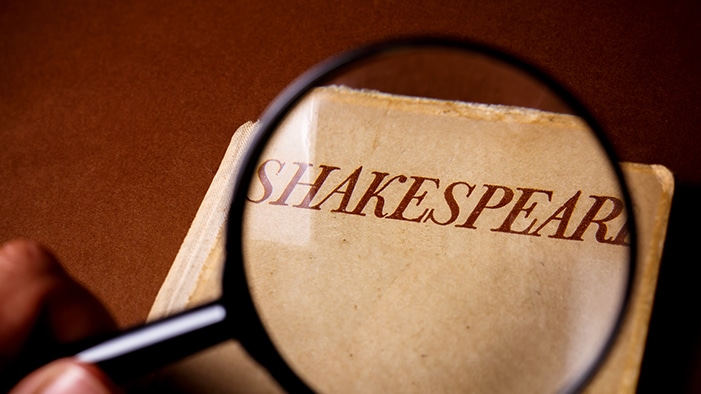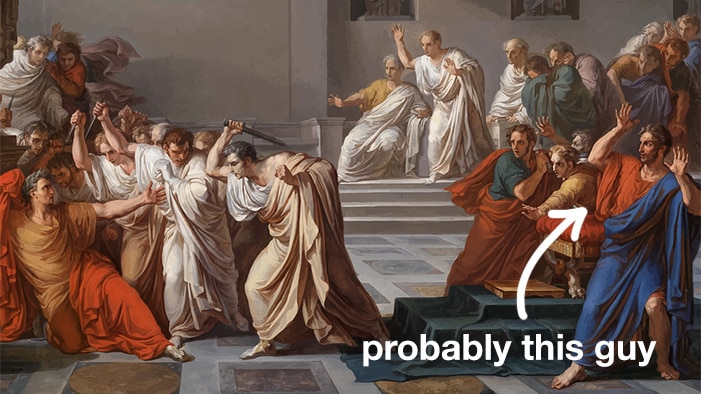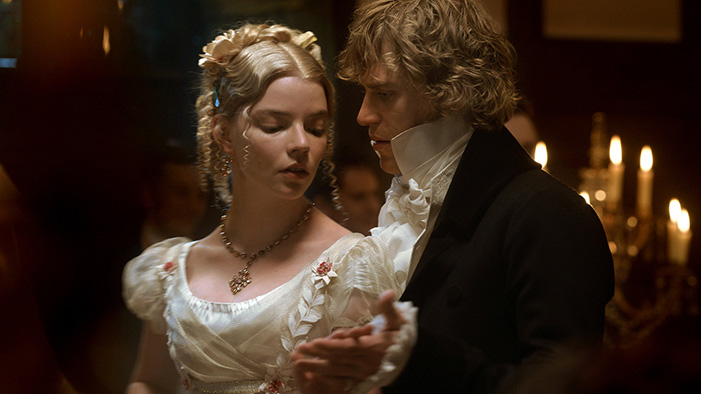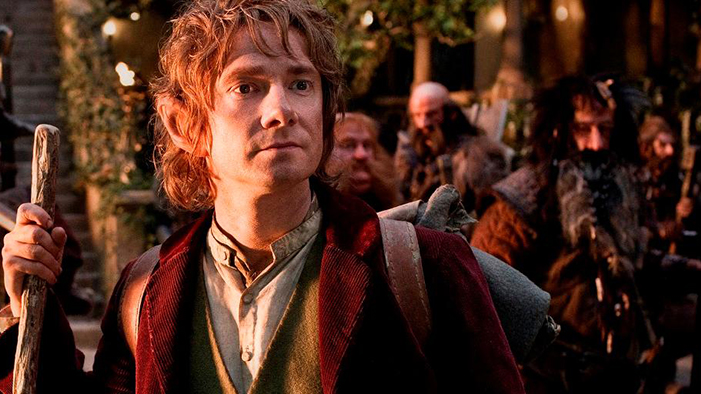Blogging Moby-Dick, Part Two: Everything You Never Wanted To Know About Whales
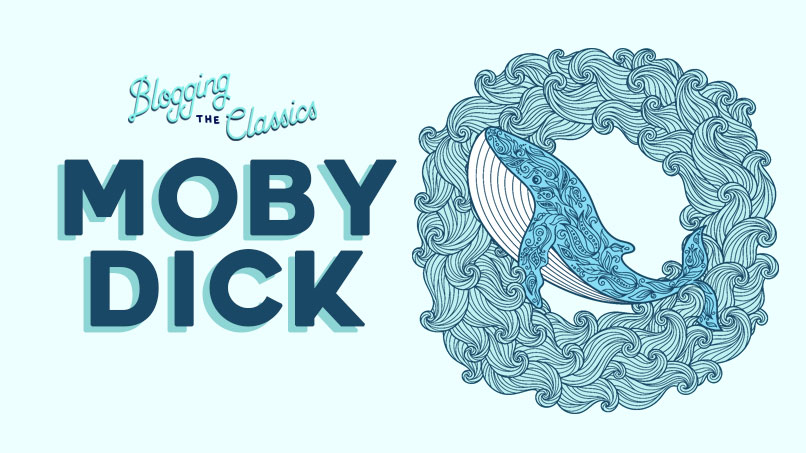
Read Part 1 of the series here!
Ahoy and welcome back to Moby-Richard, our analysis of what is possibly one of the greatest (and certainly one of the longest) books in the English language.
When last we left our hero(?) Ishmael(??), he had just boarded the Pequod with his more-than-a-friend-but-they’re-not-labelling-it, Queequeg. The pair signed up for four years of whaling in which ‘Queq would serve the vital role of harpooner, and Ishmael would contribute to the voyage in the form of witticisms and commentary (as I said last time, he is truly the first millenial).
Despite its length, Moby-Dick is really quite thin when it comes to action. The movie versions focus a lot on Ahab’s speeches and the thrilling harpoon chases, but the bulk of the book’s 135 chapters are extended treatises on the practice of whaling. For that reason, we shall take a cue from Melville himself and not discuss anything that could be construed as plot this week, saving that for our thrilling conclusion. Rather, we shall follow Ishmael’s intellectual path, winding though it may be.
- Meet The Gang!
This being the classic it is, the Pequod is populated by characters nearly as famous as Moby Richard himself.
-Ahab: Captain of the ship, obsessed with getting “revenge” on the legendary white whale who ate his leg. (One could argue that the whale was within its rights, given that Ahab was trying to murder it, but let’s not split hairs.) The word most frequently associated with him is “monomania,” but in spite of his indubitable madness, he has the intelligence and charisma to persuade his entire crew that their money-making mission is secondary in importance to the symbolic one.
-Starbuck: First mate, voice of reason, owner of coolest name in all fiction. (True fact: the Starbucks coffee empire was nearly called Pequod’s. Look it up.) In spite of his somber nature and the fact that Ahab’s quest for revenge is anathema to his Quakerism, he still falls under the sway of the captain.
-Stubb: Second mate. Chilled out dude just tryin’ to have a good time and eat a rare whale steak. Either simply profound or profoundly simple, depending on your perspective.
-Daggoo and Tashtego: Harpooners. Offensively exoticized men of color.
-Fedallah: Ahab’s secret harpooner who he hides belowdecks for the first part of the journey and may actually be Satan.
2. 101 Fun “Facts” About Whales
Melville devotes several chapters to an odd sort of shadowboxing with an imaginary reader who keeps insisting that whale hunting is neither noble nor respectable, and Melville refutes these (again, wholly imaginary) arguments by reminding us that whale oil lights all the lamps in Europe, and spermaceti (the special oil from the sperm whale’s head) is used to anoint the heads of monarchs. (Go ahead and give yourself permission to giggle at all the big strong men chasing after SPERM whales).
However, despite his enthusiasm for the pursuit, Ishmael is actually quite ignorant when it comes to the finer points of whales—like, for example, the fact that they are mammals, and not fish. For another thing, whales shoot vapor, not water, from their spouts, contrary to Ishmael’s fervent assertions.
But here’s where it gets tricky: while some of the errors in whale anatomy can be attributed to a lack of scientific knowledge at the time, Meliville’s own notes in the margins of his source material reveal that he knew that some of his descriptions were inaccurate. This has led many scholars to speculate that these deliberate untruths were Melville’s subtle effort to show us that Ishmael is not a wholly reliable narrator.
(More on that subject here.)
3. WHOSE SIDE ARE WE ON?
Obviously, reading this in the 21st century, the idea of whale hunting on an industrial scale for oil seems preposterous (we get our oil from dead dinosaurs, like normal people), but Melville brushes off any concerns we might have by asserting that whales are more than capable of defending themselves. Nevertheless, his own feelings about whales vacillate wildly from one page to the next. They are sometimes described as terrifying monsters, sometimes dumb beasts, sometimes clever, and frequently sympathetic. The crew of the Pequod successfully catches a few whales while in pursuit of ‘ol Moby Richard, but when reading of their dying agony and confusion, it’s hard not to walk away with more respect for the whale than the men who killed it.
4. Act I Scene 1: In Which It Is Briefly A Play
In addition to its prodigious length and thematic richness, Moby-Dick includes a number of stylistic risks. Melville borrows the Shakespearean tradition of coining compound words, has Ishmael drop in and out of the action for hundreds of pages at a time, and most jarringly, when he abruptly decides to tell the story in form of a script for chapters 37 through 40. (In the literary world, this is what as known as being “drunk.”) But it is the Great American Novel, so to quote Melville himself:
DAGOO
Swallow thine, mannikin!
Please join us next week as we finally catch sight of the white whale (and also a gold doubloon of nearly equal metaphorical significance).







